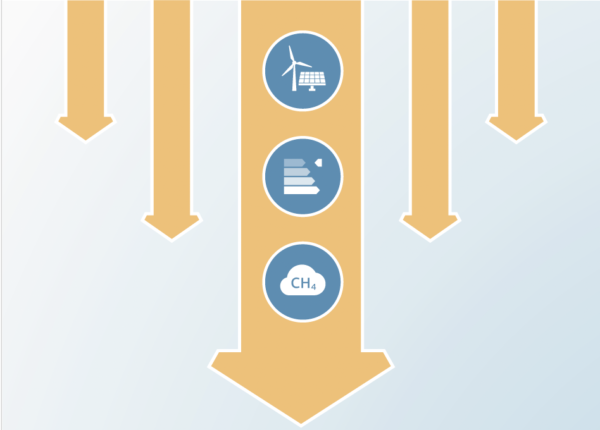Ramping up energy storage: lessons for the EU
Authors
Andrzej Ancygier, Ryan Wilson, Michael Petroni, Olivia Waterton, Celeste Gonzalez, Luka Vasilj, Eoin Quill, Sepideh Rabiee, Mallika Singh, Sylvia Schmidt, Christina Kurre, Walker Coleman, Deborah Ramalope, Clare Waldmann

The EU’s decarbonisation goals will involve transformative change, and front and centre of this shift will be the bloc’s most polluting sector: electricity generation. Plans already exist to cut emissions. The EU aims to increase the share of renewables to at least 42.5% of the overall energy mix by 2030, with wind and solar leading the charge. While the targets are there, it is now time to meet them. Energy storage will be critical to ensuring grid stability as wind and solar capacity is increased. Although a relatively new technology, worldwide storage capacity has boomed in recent years, demonstrating how important storage is for ensuring a consistent supply of electricity when the sun sets or the wind stops blowing.
The Commission’s recent release of its much anticipated storage recommendations lays out how it expects member states to increase their storage capacity. While these guidelines provide general expectations, it is for the member states to implement the policies they see as most fitting to their national grids. A range of policy levers already exist outside of the EU which member states can learn from. These may take the form of mandated targets for electricity utilities, more market-based approaches in the form of subsidies, or smaller-scale community batteries for countries with high levels of household solar PV systems.
The three case studies presented in this report assess how California, South Korea and Australia successfully boosted their storage capacity through one of the aforementioned policy levers. California’s storage mandate has led it to outperform any other state in the US by far in terms of installed capacity. Although the targets seemed ambitious when they were first introduced, electricity utilities have procured more storage than they were initially mandated to. In South Korea, generous subsidies were provided to companies who combined storage with renewable installations, leading to a boom in domestic storage manufacturing. Finally, Australia shifts the focus away from utility-scale storage towards the local level. By supporting community battery trials, the grid is assisted in managing the country’s high levels of rooftop solar. This will be particularly relevant for member states with strong potential for household solar systems, such as Mediterranean countries.
Each case study is different, but all are bound by a common thread; innovative policies which allowed storage capacity to increase. While different cultural and regulatory contexts mean that what works in one state may not work in another, each case highlights the strengths and pitfalls faced as storage capacity was increased. Learnings from these cases can be applied to the EU context. There is no one size fits all approach; it is up to policymakers to decide what works best for their country. Given the importance of accelerating the transition, applying already proven practices can streamline the policy process, mitigate risk, and improve the likelihood that implemented policies successfully achieve their stated goals.
This report is a spin-off from the report What can the EU learn from non-EU countries on its path to climate neutrality? A longer-form look at each of the case studies presented can be found in chapters 2 and 5 of the report.
Disclaimer
This publication was produced as a deliverable under the project 4i-TRACTION – innovation, investment, infrastructure and sector integration: TRAnsformative policies for a ClimaTe-neutral European UnION. This project received funding from the European Union’s Horizon 2020 research and innovation programme under grant agreement No. 101003884.











